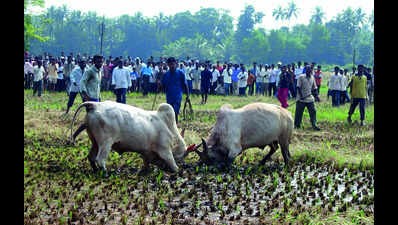7667766266
enquiry@shankarias.in
Prelims – History of India, Current events of national importance.
Why in News?
Recently, Legislators from all parties in the Goa assembly have demanded the legalisation of bull fighting.

Reference
The Indian Express – Bull Fight